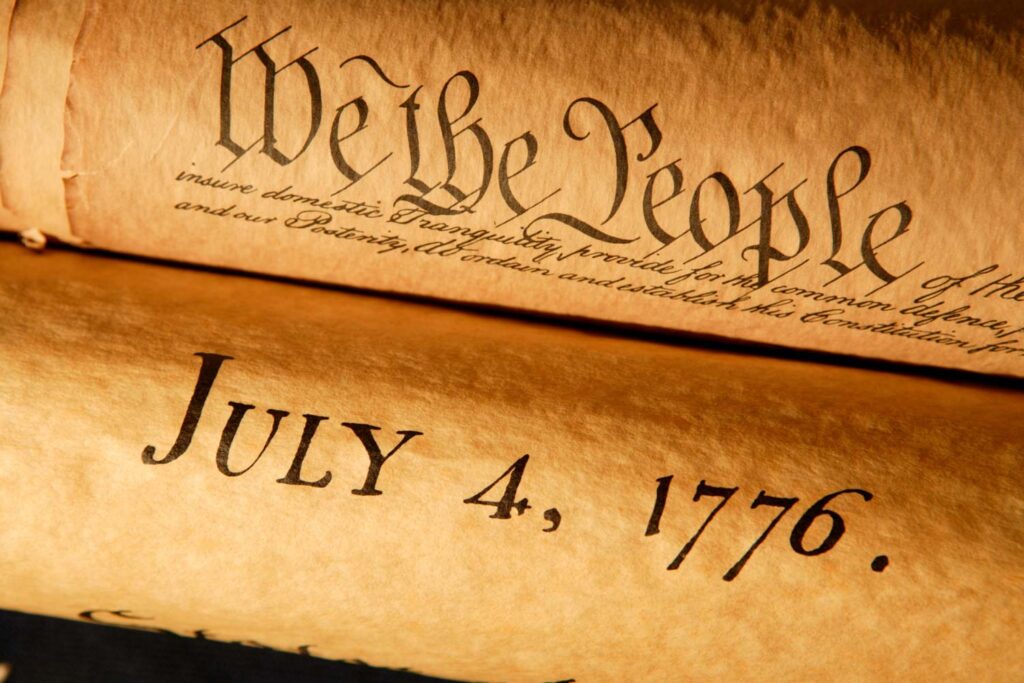Historical documents serve as a window into the past, providing valuable insights into the lives, events, and cultures that shaped our world. Preserving and conserving these precious artifacts is crucial to ensure their longevity and accessibility for future generations. In this blog post, we will explore practical tips and techniques to safeguard historical documents, ensuring their protection and conservation for years to come.
1. Proper Handling and Storage:
The first step in protecting historical documents is to handle them with care. Wear gloves when handling delicate or fragile documents to prevent oils, dirt, and moisture from damaging the surface. Additionally, use acid-free folders, boxes, and sleeves to store the documents, as acidic materials can cause deterioration over time. Store documents in a cool, dry, and dark environment to minimize the effects of light, humidity, and temperature fluctuations.
2. Digitization:
Digitizing historical documents is an effective way to enhance accessibility while preserving the original artifacts. By creating high-quality digital copies, you can reduce the need for physical handling and exposure to potentially damaging environmental conditions. Digital copies also allow for easier sharing, research, and preservation efforts.
3. Conservation and Restoration:
If historical documents show signs of damage or decay, it is important to consult professional conservators or restoration specialists. These experts can assess the condition of the documents and perform necessary treatments to stabilize and restore them. Common conservation techniques include cleaning, mending tears, and using reversible adhesives to repair damaged areas.
4. Environmental Monitoring:
Maintaining an optimal environment is crucial for preserving historical documents. Regularly monitor temperature, humidity, and light levels in storage areas to ensure they remain within recommended ranges. Implementing environmental controls, such as dehumidifiers, HVAC systems, and UV filters for windows, can help create a stable environment for document preservation.
5. Handling Restrictions and Policies:
Establishing clear guidelines for accessing and handling historical documents is essential. Implementing policies that limit physical contact, restrict the use of pens or food near documents, and require visitors to wear gloves can help minimize potential damage. Proper training and education of staff and volunteers on proper handling techniques are also important to ensure the longevity of these valuable artifacts.
6. Disaster Preparedness:
Unfortunately, disasters can strike unexpectedly and pose a serious threat to historical documents. Implementing a disaster preparedness plan is crucial to safeguard against potential risks, such as fire, floods, or natural disasters. This plan should include measures like off-site backups of digital copies, fire suppression systems, and emergency evacuation procedures.
Preserving and conserving historical documents is an ongoing responsibility that requires careful attention and proactive measures. By implementing proper handling and storage techniques, digitization efforts, conservation and restoration treatments, environmental monitoring, and disaster preparedness plans, we can ensure that these invaluable pieces of our collective history are protected and accessible for generations to come. Let us all play a part in safeguarding our past for a brighter future.









